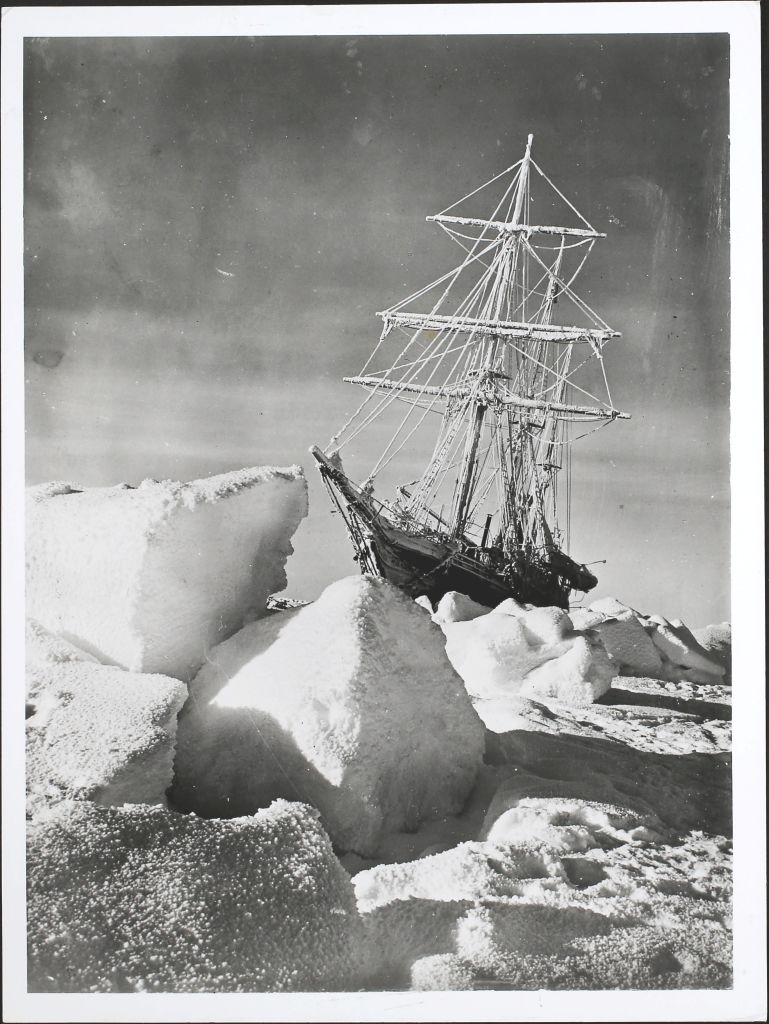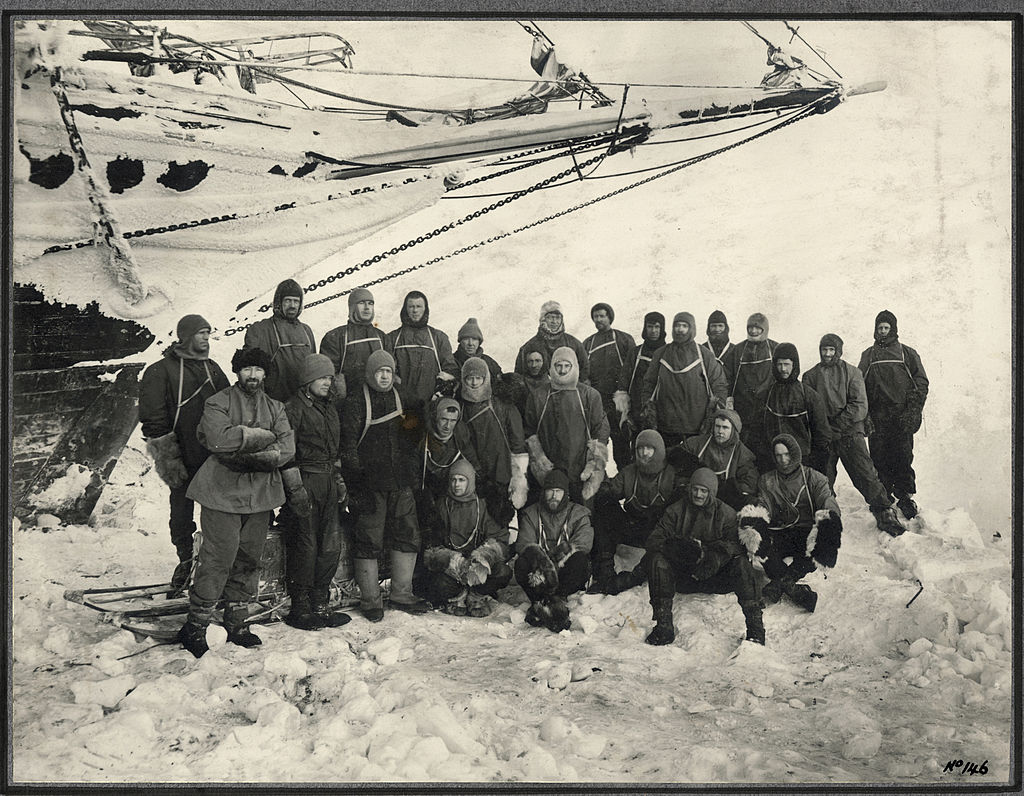More than a century after it sank to the ocean floor, scientists have discovered one of the most perfectly preserved shipwrecks in history.

HMS Endurance, the lost ship belonging to Antarctic explorer Sir Ernest Shackleton, was found last weekend at the bottom of the Weddell Sea — at a depth of approximately three kilometres.
The ship was crushed by sea ice in 1915, and Shackleton and his crew were forced to make a quick and daring escape before the vessel sunk to its watery grave.
A ship preserved in time
“Without any exaggeration, this is the finest wooden shipwreck I have ever seen, by far,” marine archaeologist Mensun Bound, who is on the discovery expedition, told BBC News.
“It is upright, well proud of the seabed, intact, and in a brilliant state of preservation,” he continued, explaining that the discovery is a hallmark in his 50-year career.
Shackleton and his crew were attempting to make the first land crossing of Antarctica when the boat went down. They failed in their expedition.
The wreckage had not previously been found, despite many attempts, due to the harsh and hostile conditions often found on the ice-covered Weddell Sea.

The 144-foot, three-mast ship was found about six-and-a-half kilometres from the last position that was originally recorded by Captain Frank Worsley.

Get breaking National news
In a news release, the Falklands Maritime Heritage Trust outlined how they located the wreck: First, a South African icebreaker was brought in to cut through the sea ice. Then, underwater vehicles called Sabertooths were fitted with high-definition cameras and scanners and released into the frigid water.
For two weeks the subs combed a predetermined area, until finally coming across the site on Saturday, which just so happened to be the 100th anniversary of Shackleton’s funeral.
When the ship was located, the crew was astonished to find the boat’s name still clearly visible on the stern.
“We have made polar history with the discovery of Endurance, and successfully completed the world’s most challenging shipwreck search,” expedition leader Dr. John Sears said in the statement.
An extraordinary tale of survival
Shackleton’s 1914-16 attempt to become the first person to cross Antarctica via the South Pole failed — he never set foot on the continent. The 28 crew members were forced to abandon ship when the boat got trapped in the Weddell Sea ice and began to get crushed by an ice floe.
After months spent in makeshift camps on the ice floes, the group set off in lifeboats for the inhospitable Elephant Island. Shackleton and five others then made an extraordinary open-boat journey, rowing more than 1,300 kilometres to reach South Georgia.
Shackleton and two crew then crossed the island to the whaling station at Stromness. From there, Shackleton mounted a rescue operation to recover the rest of the crew from Elephant Island.
Shockingly, no lives were lost in the months-long ordeal.
British historian and broadcaster Dan Snow, who accompanied the expedition, tweeted about the findings Saturday.
“Nothing was touched on the wreck,” he said. “Nothing retrieved. It was surveyed using the latest tools and its position confirmed. It is protected by the Antarctic Treaty. Nor did we wish to tamper with it.”


















Comments